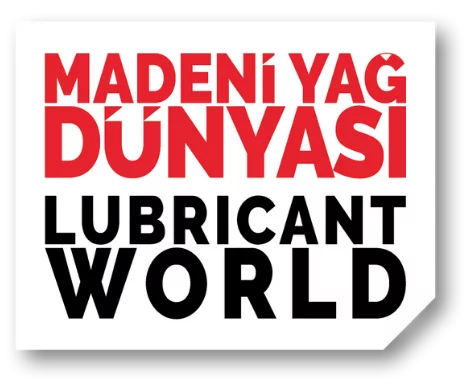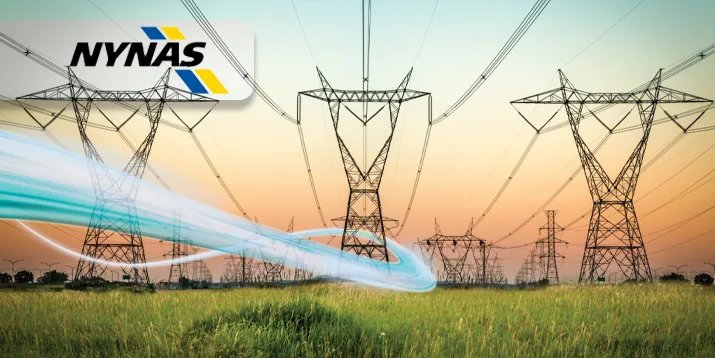As the need to cut emissions of greenhouse gas is becoming more urgent, companies must look beyond their direct climate impact. From 2025, organisations that operate in Europe will be required to report their indirect – so-called Scope 3 – emissions.
The Greenhouse Gas Protocol – the most widely recognised accounting standard for GHG emissions – categorises GHG emissions into three scopes.
SCOPE 1
Encompasses GreenHouse Gas (GHG) emissions from sources that a company directly owns or controls, such as boilers, furnaces, generators, onsite manufacturing processes and company-owned vehicle fleets. Companies have a high level of control over their Scope 1 emissions, which are typically measured using standardised methodologies.
SCOPE 2
Refers to indirect GHG emissions resulting from the consumption of purchased electricity, steam, heating or cooling by a company. Companies have some influence over their Scope 2 emissions through decisions related to energy procurement, energy efficiency measures and renewable energy sourcing. Scope 2 emissions are often calculated using emission factors provided by electricity suppliers or national grid averages.
SCOPE 3
All indirect GHG emissions that occur in a company’s value chain both upstream and downstream. Includes purchased goods and services, business travel, employee commuting and the processing, distribution and use of the company’s products as well as waste generated throughout the value chain. Scope 3 emissions are challenging to measure accurately due to the intricate nature of value chains and data collection from various stakeholders.
Lowering Scope 3 emissions
While Scope 1 and 2 emissions are important for companies to address, Scope 3 generally has a more significant environmental impact.
55 % target
The EU’s target for net reduction of GHG emissions by 2030 compared to 1990. The EU’s net emissions in 2020 were 34 % below 1990 levels.
Although these emissions are outside an organisation’s direct control, it is still possible to do something about them. For example, an organisation may be able to influence its suppliers or choose which vendors to contract with based on their practices.
Focus on Scope 3 is a great opportunity for company differentiation and, perhaps more importantly, to get real and tangible traction on the topic of emission reduction. It requires deep cooperation along the value chain, with both customers and suppliers, as well as clear target setting.
Nynas and Scope 3
Improving your carbon handprint (helping your stakeholders to reduce their footprint) requires minimising the negative impact and maximising your positive impact. Nynas can trace a large number of handprint examples, including improvements in customers’ operations and offerings such as enhanced energy efficiency, reduced supply chain emissions, creating conditions for increased use of renewable materials, improved durability and reduced general resource usage.
Keeping it under 1.5°C is possible
It is still possible to keep the global temperature rise under 1.5°C by the end of the century, but it will require rapid, immediate, and economy-wide GHG emission reductions, as well as the removal of carbon from the atmosphere.
Our transformer oils are important in this respect thanks to their high quality, long life and full recyclability.
NYTEX® 4700 contributes to lower rolling resistance in tyres and better vehicle fuel economy, and naphthenic base oil helps to reduce energy consumption and the need for lithium soap in lubricating greases.
NYTRO® RR 900X contributes to sustainable development and raw material efficiency by reusing end-of-life transformer fluid and our biobased products have strong positive raw material benefits upstream.




